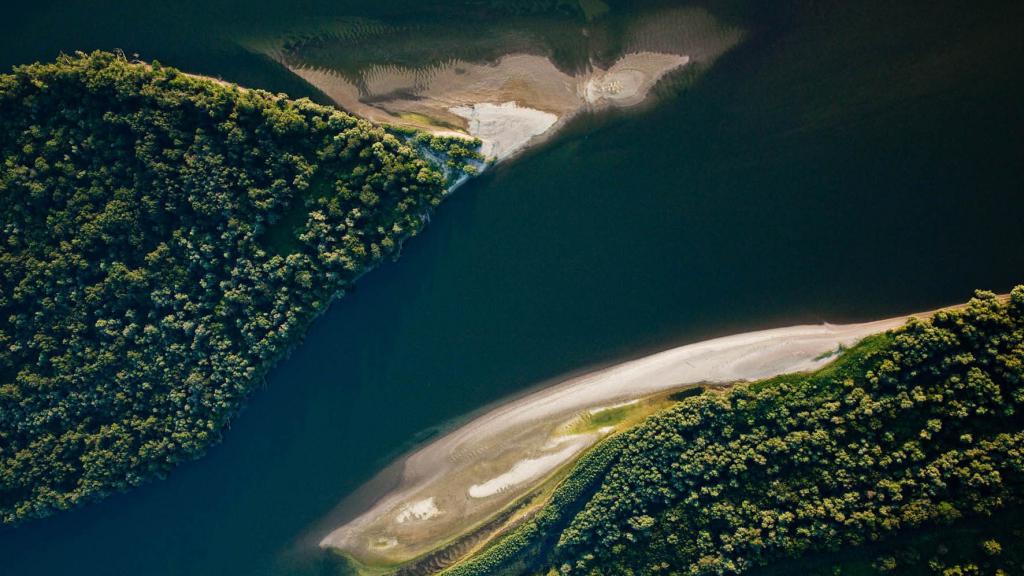The Danube Wild Island Habitat Corridor is getting a makeover thanks to the LIFE WILDisland project

The project involves 15 partners from 8 countries and aims to restore and conserve 34 islands from Germany to Romania. With the support of the EU Commission, the International Commission for the Protection of the Danube River, and the Ramsar Convention, the LIFE WILDisland project is set to become a great example of transboundary cooperation.
DANUBEPARKS and its partners have launched a new project aimed at protecting and revitalizing the Danube's last near-natural "wild" islands. Known as LIFE WILDisland, the project involves 15 partners from 8 countries from the nature conservation, waterway, hydropower, and forestry sectors, who are united in their mission to restore and conserve 34 islands.
The partnership is led by the Donau-Auen National Park (Austria), while co-financing is provided by the Ministry of Agriculture (Hungary), the Federal Ministry for Agriculture, Regions and Tourism (Austria), the Energy Efficiency and Environmental Protection Fund (Croatia), and the fishermen associations from Lower Austria.
The project’s objectives include strengthening ecological connectivity and preserving the natural wilderness in the heart of Europe, improving the coherence of the NATURA 2000 network, restoring natural processes, promoting river dynamics and intact sediment regimes, demonstrating good practice for cross-sector and cross-border cooperation, and improving the conservation status of 1,267 hectares of softwood riparian forests. To achieve these objectives, LIFE WILDisland is implementing a range of strategies. These include the restoration of islands in hydropower reservoirs in the Upper Danube, optimization of Grey (navigation) Infrastructure to initiate and restore islands in the Middle Danube, sediment management in the Lower Danube, and restoration actions aimed at softwood riparian forests. Additionally, the project includes a Danube-wide awareness and conservation campaign for the Danube Wild Island Habitat Corridor.
The first inventory of the Danube islands took place in 2018. Carried out within the DANUBEparksCONNECTED project, it received funding frrom the Interreg Danube Transnational Programme. The inventory covered over 900 islands, comprising an area of 138,000 hectares along the Danube Wild Island Habitat Corridor. During this time a total of 147 of the islands were identified as the most intact, representing some of the rare “wilderness areas” in Europe.
Follow the project on their official website to view their overall progress.





